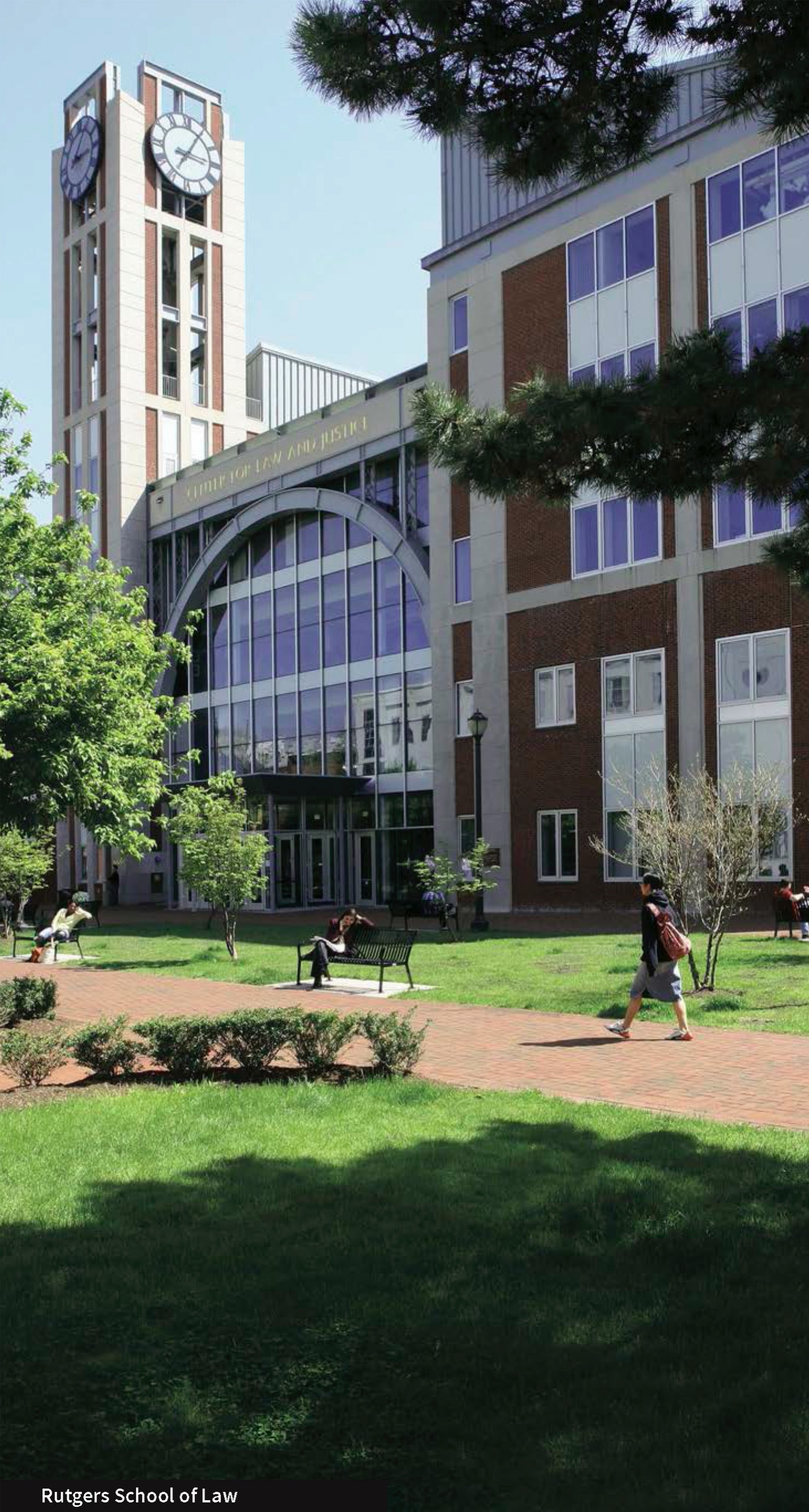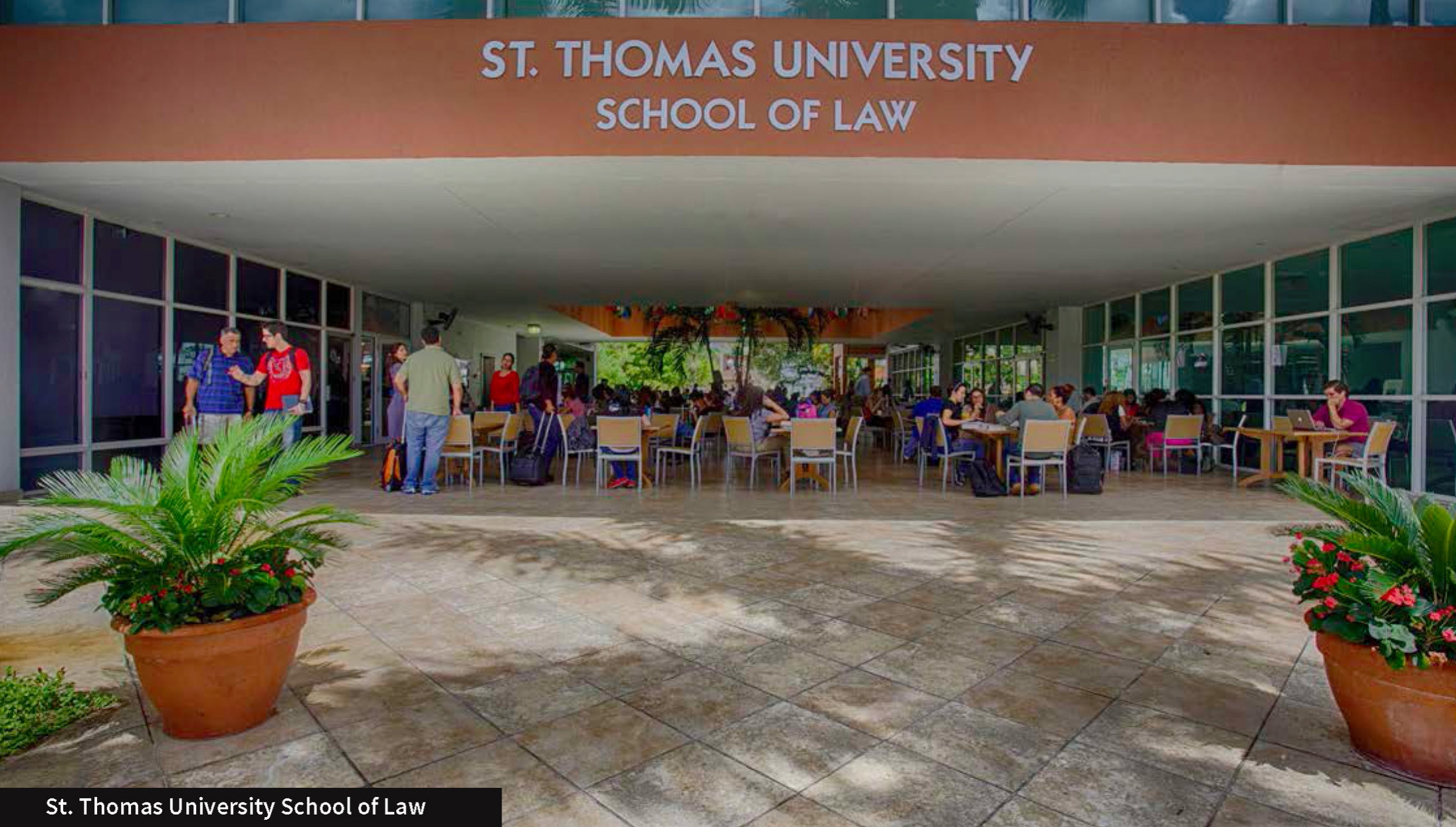Law School enrollment has seen a consistent decline since 2010 when the nation experienced an all time high in the number of students attending. According to the American Bar Association, enrollment has dropped for four consecutive years since 2010 with a seven percent drop from 2013 to 2014 and an 18.5 percent decrease in enrollment from 2010 to today.
Law School enrollment has seen a consistent decline since 2010 when the nation experienced an all time high in the number of students attending. According to the American Bar Association, enrollment has dropped for four consecutive years since 2010 with a seven percent drop from 2013 to 2014 and an 18.5 percent decrease in enrollment from 2010 to today.
Most experts attribute the drop in enrollment to student concerns for the high cost of legal education coupled with fewer job market returns than those earlier experienced. After all, the amount of work for lawyers has decreased in the past five years, as has, in most cases, the earnings that a law degree used to offer.
In an effort to remedy this situation, law schools have become creative. They have begun to offer condensed programs—degrees achieved in two years instead of four—and are providing clinicrotation and real-world experience in their education, according to a U.S. News and World Report. In addition, median LSAT scores at many law schools have dropped 3-5 points, making it an ideal time for Hispanic students (who have historically scored lower on LSATs) to apply to law school.
Hispanics Benefit from Downturn
While Hispanic applications to law school have dropped along with those from the overall population in the past few years, the number of acceptances they’ve received has gone up (for example, for the fall of 2012, Hispanic applications decreased by 3.9 percent, yet the number of acceptances increased by 2.9 percent, according to the National Law Journal).
In addition, in Hispanic Outlook interviews with top law schools for Hispanic students, we discovered that the trend in Hispanic enrollment has at times defied the national average. Some Hispanic Serving Institutions (HSIs) have actually had an increase in Hispanic student enrollment and are finding that Hispanics with bilingual skills are doing better in the job market than others.
Florida International University
“While our enrollment went down four percent in the past year—in this market, that is flat, as far as I’m concerned—our diversity went up, quality increased and our average GPA has increased,” Alexander Acosta, dean of Florida International University College of Law, said. “We’ve had a slight increase in the number of Hispanics this fall. We have 55 percent Hispanics [up from 43.8 percent in 2010] and 65 percent minority overall, and we are bucking the trend in that our Hispanic students are doing incredibly well in the job market.”
At FIU, many of their Hispanic law students come with a “hunger” to do well, Acosta explained, especially those who emigrated from Cuba and have experienced severe hardships. Also, given a high demand for bilingual lawyers in the Miami area, a majority of students land a job shortly upon obtaining a degree.

“Our nine-month full-time employment rate [after graduation] is 80 percent,” Acosta said.
Student success can also be attributed to FIU’s efforts: It has offered students scholarships provided by local firms, has actively recruited students and has created programs that help students do well in school and beyond. Every law student is offered an academic enrichment program upon entering law school and is taught the basics of how to be successful in school as well as the ins and outs of the legal world. Mentoring programs and classes on legal reading and writing in Spanish are also provided.
Rutgers School of Law
Rutgers School of Law in New Jersey has also worked hard to draw and maintain a diverse student body despite experiencing a similar decrease in overall applications. Like FIU, it has also seen an increase in the number of Latino students and students of color enrolling.
“Minority students are applying to us in larger numbers,” Yvette Bravo-Weber, assistant dean of the Minority Student Program and Externships at Rutgers, said.
Their mission, she said, has been to support diversity on campus. As part of that mission, Rutgers has been offering incoming students a Minority Student Program (MSP) for multiple decades. Incoming students—35 percent of which are Hispanic—are invited to be a part of this three-week program, which begins in early summer with a three-day orientation followed by classes providing skills on how to be successful in law school (how to read, take notes, prepare for exams, etc.). Successful alumni and lawyers from earlier programs speak with incoming students, mentor them and offer opportunities to shadow their work. Rutgers provides first-year students paid internships, in addition to study groups, robust academic support and, at times, financial support. As a result, the school’s retention rate is almost 100 percent, and many alumni are now part of the Hispanic Bar Association.
Whittier Law School
Like Rutgers, Whittier Law School, which was ranked as having the most diverse student body in California, has also seen a drop in applications in the past year. Nonetheless, it has also been able to maintain a diverse student population with 54 percent minority students today compared to 50 percent in 2000. The school has attracted large percentages of minorities because of its Southern California location, and with a long tradition of diversity, it has provided helpful information to students on how to apply, select and attend a law school.

In the past few years, Whittier Law School has hosted weekend conferences to help minority and low-income students apply to and get into law school and has aggressively reached out to potential minority students. In addition, the college reaches out to employers for job and fellowship opportunities for its graduates.
St. Thomas University School of Law
At St. Thomas University School of Law in Florida where 67 percent of students are Hispanic, applications dropped 10 percent from the previous year. But rather than accept students with low LSAT scores, the school decided to decrease enrollment instead.

St. Thomas has taken a lot of initiatives, though, to address the needs of the students who are enrolling. Two years ago, the school opened up its Summer Conditional Program to all students admitted to the JD program although it was originally designed for those who may not have been admitted into the JD program without proper preparation. This three-week program exposes many new first generation students and beyond to the law school experience since “many first-generation students don’t know what law school is going to be like,” Jessica Fonseca-Nader, assistant dean of the law school, said.
Students also receive an active-learning instructor program where upper-level students serve as mentors to students. Second-year students are given workshops on exam-taking, essay-skills building and review first-year material. Third-year students take a pre-Bar test and are taught to prepare for the Bar, and after they graduate, the dean of academic support runs workshops on topics relative to the Bar.
“We have a good graduation rate,” Fonseca-Nader said.
Graduating a strong group of Hispanic students who are ready for a successful career in law—and offer a new breed of bilingual lawyer needed in today’s society—is something that all schools HO interviewed are doing. With fewer students attending law school than ever before, Hispanics are in a prime position to receive a law degree—schools are competing harder for their attendance—and find jobs that require their diverse language and cultural skills.